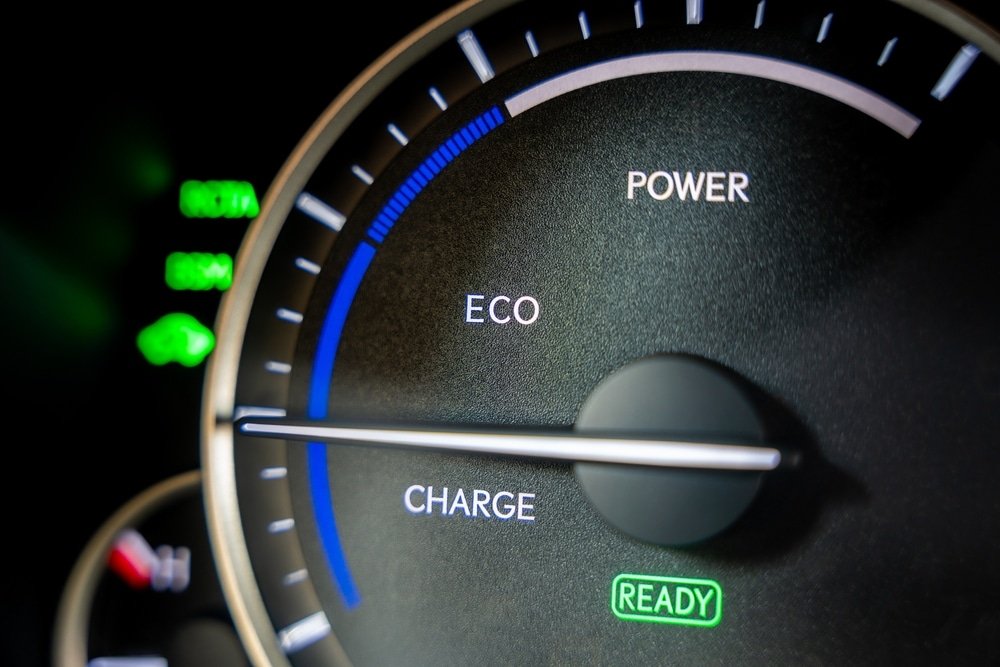With growing concerns about climate change, air pollution, and fossil fuel dependence, many regard electric vehicles (EVs) as a pivotal technology for a greener future. Now that the Philippines has relaxed its policies on EV taxes, and with more and more local government units showing support for EVs, public EV fleets and private EV companies are set to transform what it means to be mobile in the Visayas region.
However, the question remains: are electric vehicles genuinely as green as they are marketed? The answer may not be so simple.
What Goes Out Vs. What Goes In
One of the primary benefits associated with EVs is their zero tailpipe emissions. This characteristic significantly minimizes air pollution in urban centers, where traffic congestion leads to elevated levels of harmful pollutants like nitrogen oxides (NOx) and particulate matter. Traditional internal combustion engine (ICE) vehicles release these emissions directly into the atmosphere, contributing to smog and health problems among urban populations.
But that is what goes out of EVs. What about what goes into them? It is essential to consider the source of the electricity used to charge them. In areas where the grid relies heavily on fossil fuels such as coal, the overall carbon footprint of EVs may be less favorable. For instance, if the electricity powering an EV comes from coal, the emissions associated with driving that EV could be comparable to—but still typically lower than—those of a gasoline vehicle. On the other hand, in regions where the grid is powered predominantly by renewable energy sources like wind, solar, or hydroelectric power, EVs present a far more sustainable choice. Along with the rest of the Philippines, Cebu has its eyes set on a future in renewable energy. But it is a long road ahead, and along the way, fossil fuel sources must still augment the country’s power supply.
Dirty Batteries
One of the biggest environmental concerns regarding electric vehicles revolves around battery production. Lithium-ion batteries, which power the majority of modern EVs, require substantial amounts of lithium, cobalt, and nickel. The extraction and processing of these materials can have detrimental effects on local ecosystems and communities. Mining operations can lead to habitat destruction, water pollution, and human rights abuses in some regions.
The energy-intensive nature of battery manufacturing also contributes to greenhouse gas emissions. A study by the International Council on Clean Transportation found that the production of an EV battery can generate significant emissions, depending on the energy sources used in manufacturing. As demand for EVs grows, addressing the environmental and ethical implications of battery production becomes crucial.
When evaluating the environmental impact of electric vehicles, it is important to take into account the entire lifecycle—from production and usage to disposal. Although EVs require more energy to manufacture, studies consistently show that over their lifetimes, they tend to have lower (about 50%) carbon footprints than traditional vehicles. They may halve emissions, but EVs give off greenhouse gases nonetheless.
As the electricity grid improves and battery production becomes more efficient and, hopefully, more environmentally friendly, the benefits of EVs will likely increase. The shift toward more sustainable energy sources for electricity generation and battery materials can further tilt the scales in favor of EVs.
Navigating the Grid
Another factor to consider is the impact of widespread electric vehicle adoption on electrical grids. Transitioning to fully electric fleets could strain existing infrastructure, particularly during peak charging times. If not managed properly, this could lead to increased demand for fossil fuel-based power plants, negating some of the environmental benefits of EVs.
To address these challenges, advancements in smart grid technology, energy storage solutions, and demand response systems are essential. Smart charging solutions can distribute energy demand more evenly throughout the day, while increased reliance on renewable energy can further mitigate the environmental impact of charging EVs. By ensuring a cleaner energy profile for the grid, the green credentials of electric vehicles can be strengthened.
The End of the Road for EV Batteries
The sustainability of electric vehicles extends beyond their operational phase into end-of-life management. As the EV market matures, strategies for recycling and reusing battery materials are increasingly critical. Inefficient disposal of aging or damaged batteries can lead to significant environmental waste, while effective recycling processes can recover valuable materials and minimize the ecological footprint of battery production.
Several companies and research organizations worldwide are already investing in developing advanced technology for battery recycling. Experts are exploring methods to extract lithium, cobalt, and nickel from used batteries, significantly reducing the need for new raw material extraction. As these technologies improve, they will enhance the circular economy surrounding electric vehicles and contribute to a more sustainable transportation infrastructure.
The Path Forward for EVs
Yes, electric vehicles are more environmentally friendly compared to ICEs. They offer a promising solution to many environmental challenges, particularly in reducing urban air pollution and greenhouse gas emissions. However, their “greenness” depends on many factors, including electricity sources, battery production, and effective end-of-life management.
To fully realize the environmental benefits of EVs, efforts must be made to transition to renewable energy sources, enhance battery manufacturing processes, and develop robust recycling systems. The road ahead is undoubtedly complex, but with commitment and innovation, EVs offer the potential for a cleaner, greener Philippines.


